Read the information about different ideas and beliefs and how science helps to identify the misconceptions.
BUSTING THEMYTHS
Sometimes it is hard to separate facts from fiction, in particular when we have been raised with certain misconceptions. The myths seem true because we have listened to them for so much time and in many different places, even at school or in a conversation with our own family. However, nowadays it is particularly important to talk about those beliefs or ideas based on which we may have built our world vision, and call out the false facts to expose the myths in order to help this society become better, more tolerant and empathic. Read the following paragraphs to find out which are facts, and which are definitely myths.
a. Killer whales are dolphins. Fact or myth?
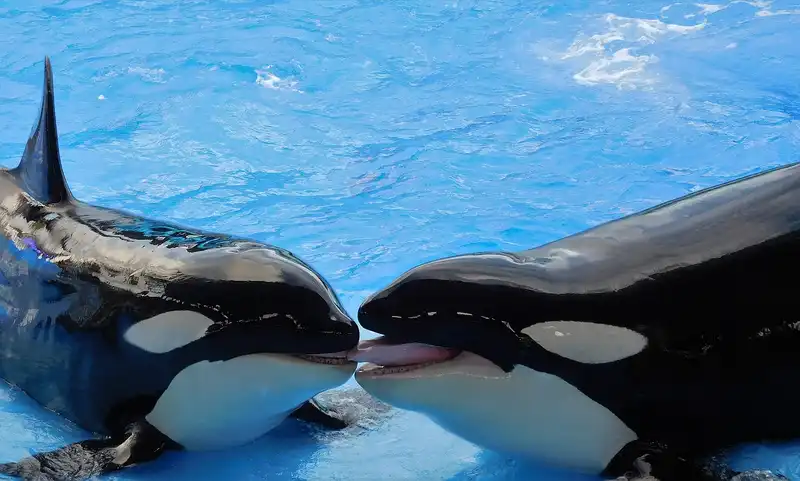
Everyone agrees that dolphins are one of the cutest animals on earth. However, orcas, also known as killer whales, are the largest members of the dolphin family. Many years ago, scientists studied the physiognomy of orcas and they found that these animals are dolphins because they have a fatty deposit that helps them to produce echolocation (the process to find their way by producing sound waves). This deposit only exists in dolphins.
b.Ostriches bury their heads in the sand. Fact or myth?
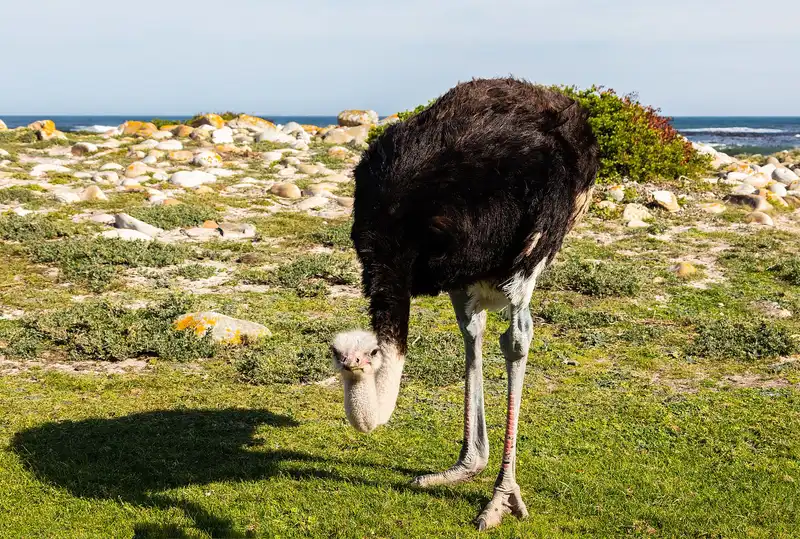
There were cartoons years ago that portrayed ostriches with their heads buried because they were hiding from predators. That was such a funny way to hide since their complete body was exposed, right? Well, birds die of suffocation if they stick their heads underground. Then, when they are scared, ostriches lie with their head and neck flat against the ground, not underground. It is possible that some years ago someone saw an ostrich in this position from the distance and thought its head was buried.
c.Vaccines are not safe, not effective and can cause adverse health effects. Fact or myth?
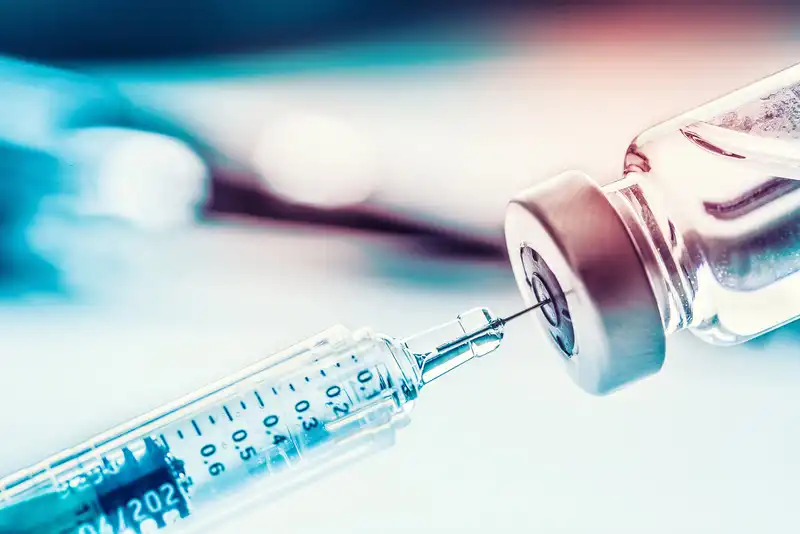
The greatest public health achievement of the 20th century are vaccines. There were diseases in the past that killed millions of people, but vaccines eradicated them from humanity. There are other diseases, like measles, chickenpox or diphtheria that have been almost eliminated, and it depends on people that they disappear completely, as long as people get vaccinated. In fact, Covid-19 vaccine is the best example of how medicine helps to preserve humankind when a new disease appears. This vaccine was designed in less than a year and without it many people were at risk of dying in 2019 and 2020.
d. Milk is good for your bones. Fact or myth?
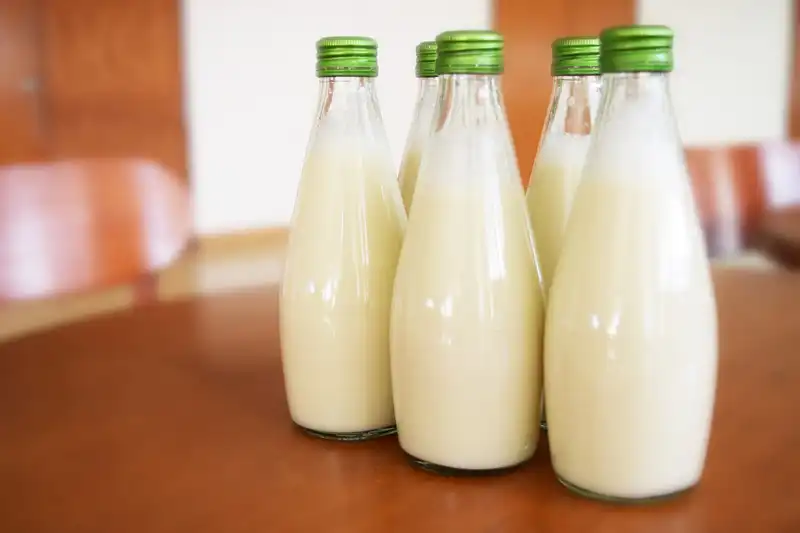
Some years ago, people believed that milk had a lot of calcium and that drinking it was good not only for babies, but also for adults. However, multiple studies found no association between drinking milk and having stronger bones or muscles. What is more, some studies found that there is an association between milk consumption and higher overall mortality. It is not the milk by itself, but the sum of a poor health condition of our bodies and the high amount of fat that dairy products have, including yogurt and cheese.
e. We can't do anything for a person with a mental health problem. Fact or myth?

Years ago, people thought that only doctors could help a person with a mental health problem. In fact, these people were sometimes locked and kept apart from their families. Nowadays, we know that is not true, friends and family can give a lot of help and care. They are an important influence for people who suffer from a mental health problem, so if you have a relative or a friend in this condition, treat them with respect and let them know you are available to help.
f. Homosexuality is not a type of mental illness. Fact or myth?
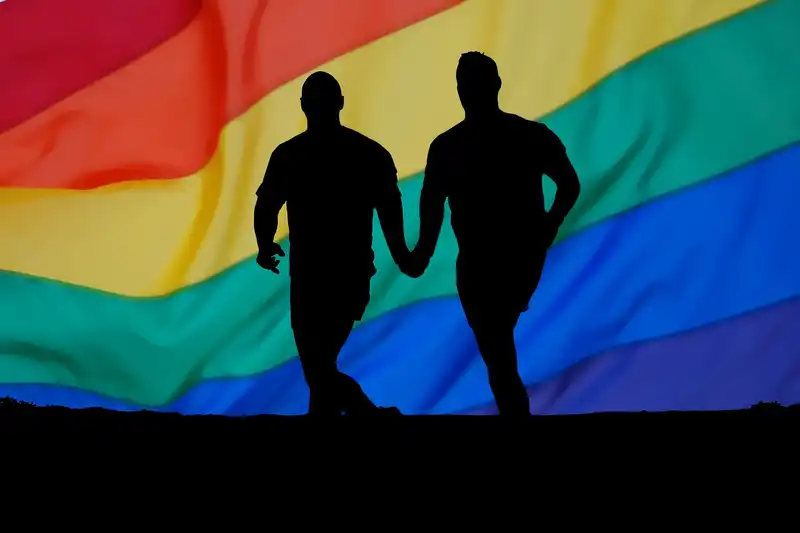
It seems like centuries ago, it was considered a mental illness, but the American Psychiatric and Psychological Associations claimed it is not. People in the past even tried to “cure” it with different treatments that provoked emotional trauma to the “patients”. Today, we know homosexuality is just a preference, as heterosexuality or bisexuality, for instance; and it is as well a proof that we humans, are not all the same, fortunately. We do have different likes and dislikes, and we feel attracted to different kinds of people.
g. Neanderthals were a less evolved human ancestor. Fact or myth?
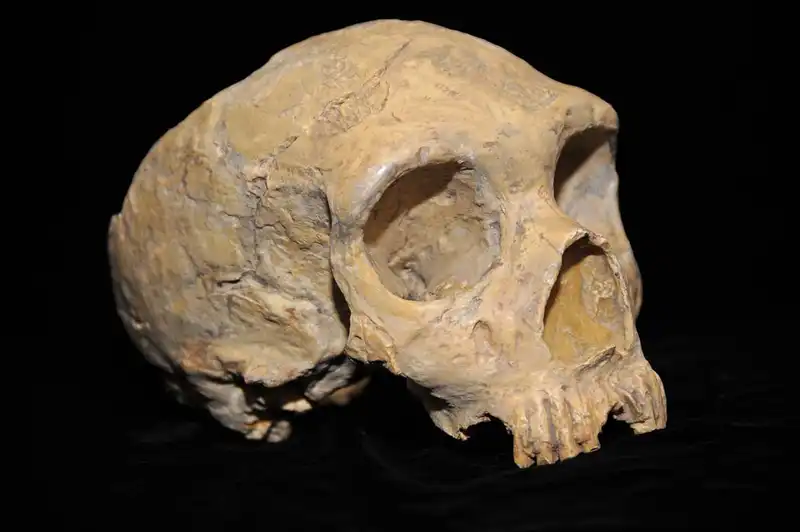
It is important to clarify that Neanderthals are not ancestors of modern humans. The two species lived in different parts of the globe at the same time. They crossed paths, and there is evidence that they interbred, that is to say they mix breeds. In the present, fossils show that Neanderthals built tools, used fire, cleaned themselves, and they even buried their dead. However, scientists don’t think Homo sapiens wiped out Neanderthals; they were dying due to climate change while Homo sapiens’ diverse diets and innovative tools helped them survive.
h. You can’t taste food without saliva. Fact or myth?

Scientists didn’t know how valuable saliva is until they found out that it is responsible for turning on our taste receptors. Nowadays we know that food contains chemicals that need saliva to dissolve them, so that our taste buds detect the flavors.
If you want to test how important saliva is to taste food, try this:
- Get a clean towel;
- Rub your tongue dry;
- Place some cookies or pretzels on your tongue, one by one;
- After this, drink a glass of water and repeat… Do you notice the difference?
Read or listen again to the information about facts or myths. In which paragraph (A-G) can you find these ideas? Remember that the answer could be in the Reading or in the Listening section.
Read or listen again, depending on what you need. Then, mark the sentences True, False or Not mentioned.
| True | False | Not mentioned | |
|---|---|---|---|
| 1. Dolphins are more intelligent than orcas. |
|
|
|
| 2. Drinking milk contributes to having stronger bones. |
|
|
|
| 3. Some people believed there was a cure for sexual preferences in the past. |
|
|
|
| 4. Homo Sapiens’ diets were more nutritious than Neanderthals’. |
|
|
|
| 5. Humans can’t eat without saliva. |
|
|
|
Finally, select which paragraph is a fact and which is a myth. If you need, read or listen to each section again.
Adapted from:
https://www.mentalhealth.gov/basics/mental-health-myths-facts
https://case.edu/lgbt/safe-zone/sexual-orientation-myths-facts
https://bestlifeonline.com/common-myths/
https://www.rd.com/list/science-myths/
https://www.zmescience.com/other/feature-post/10-quick-scientific-facts-will-blow-mind/
Read the sentences and see if you need more practice or not.
 |
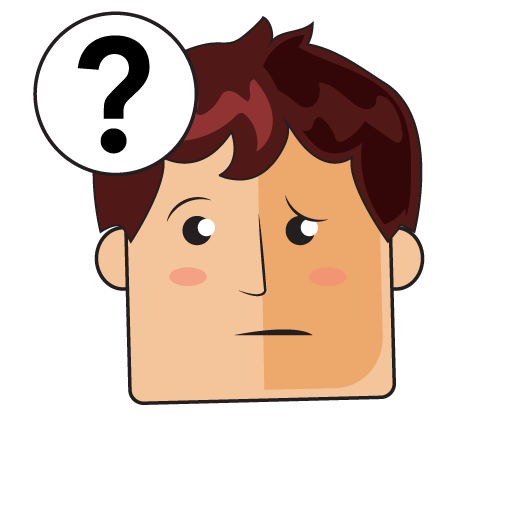 |
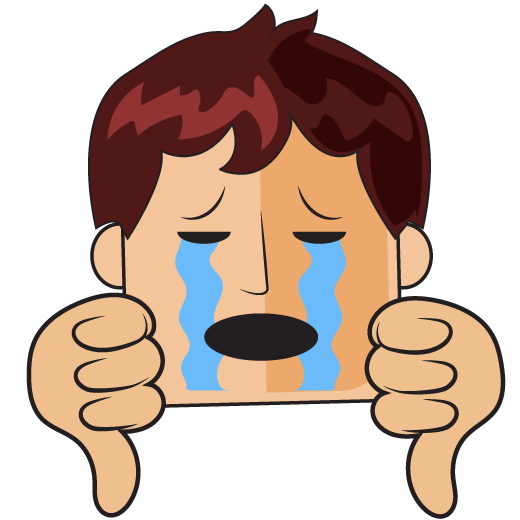 |
|
|---|---|---|---|
| I am an expert NOW in this topic! | I think I need to practice a bit more. | I am starting to believe I need to start over again. | |
|
|
|||
| I understand the vocabulary throughout this material. |
Awesome!
|
Try to check: Verbs
in present and past
|
Try to check Cambridge Free
English Dictionary and Thesaurus
|
|
|
|||
| I understand the present simple and the past simple. |
Wonderful!
|
Try to check: Giving
details
|
Try to check "Contrast between Present Perfect and Past Simple"
|
|
|
|||
| I can distinguish the use of connectors like and, but, or, also, and because. |
Very well!
|
Try to check: The
wonderful years
|
Try to check Types of Linkers (and, but, then)
|
|
|
|||
| I identify the past and the present in different recordings, as well as the connectors in contex |
Wow! We are glad to know that!
|
Try to check: How
people communicated 20 years ago
|
Try to check Then
and Now
|
|
|
|||
| I can understand a written text about present and past situations, as well as connectors. |
Excelent!
|
Try to check: Scary
Mexico
|
Try to check Then and Now
|
|
|
|||
| I am able to write a short paragraph to contrast the past and the present. |
Good for you!
|
Try to check: Writing
Mariana’s life
|
Try to check Present Simple vs. Past Simple
|
|
|
|||


